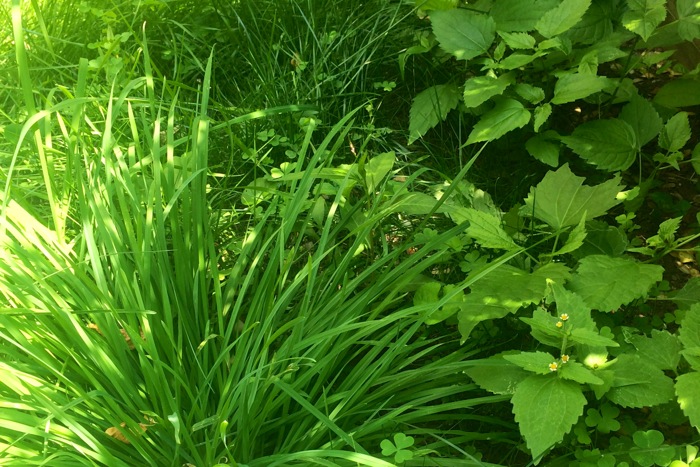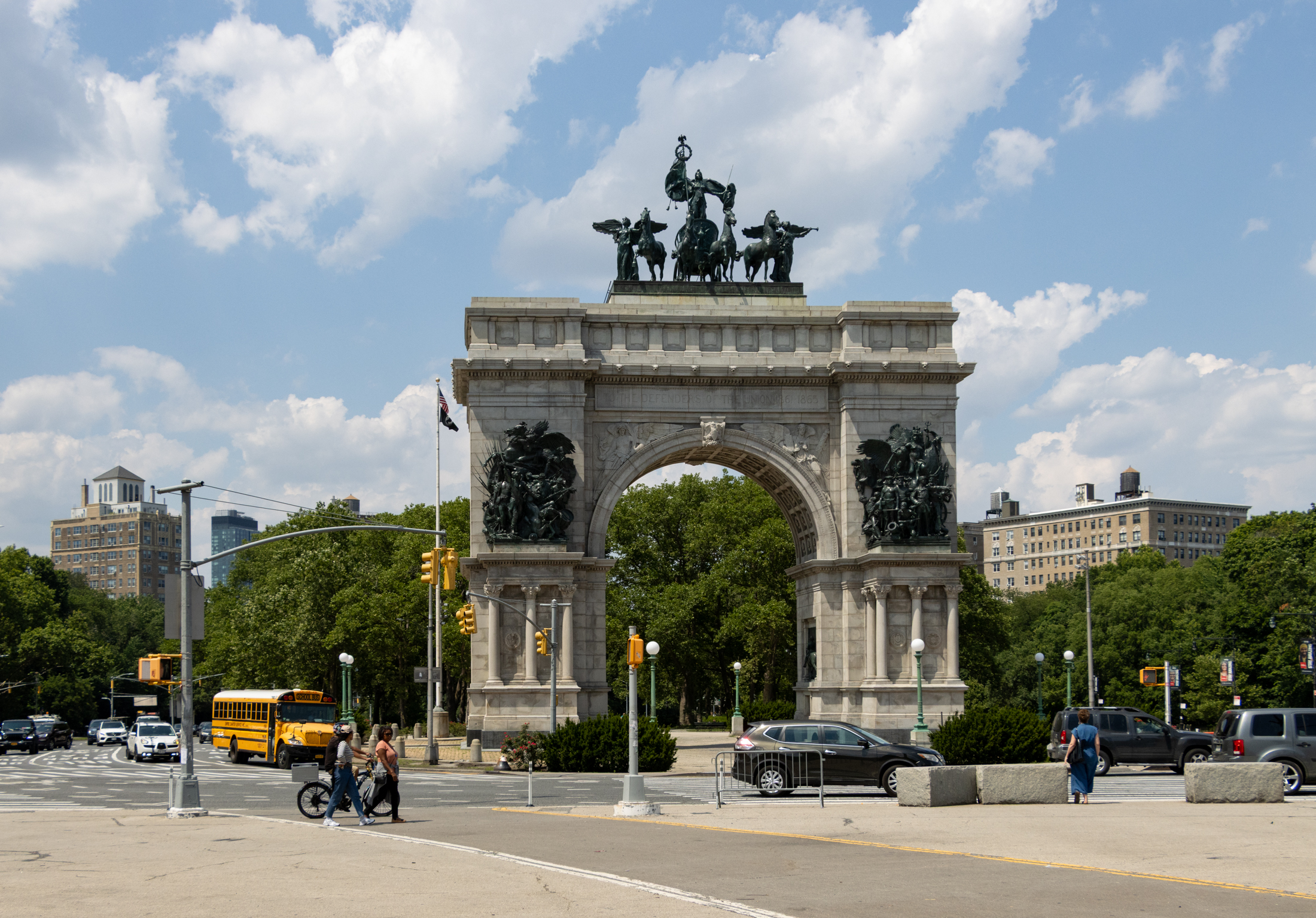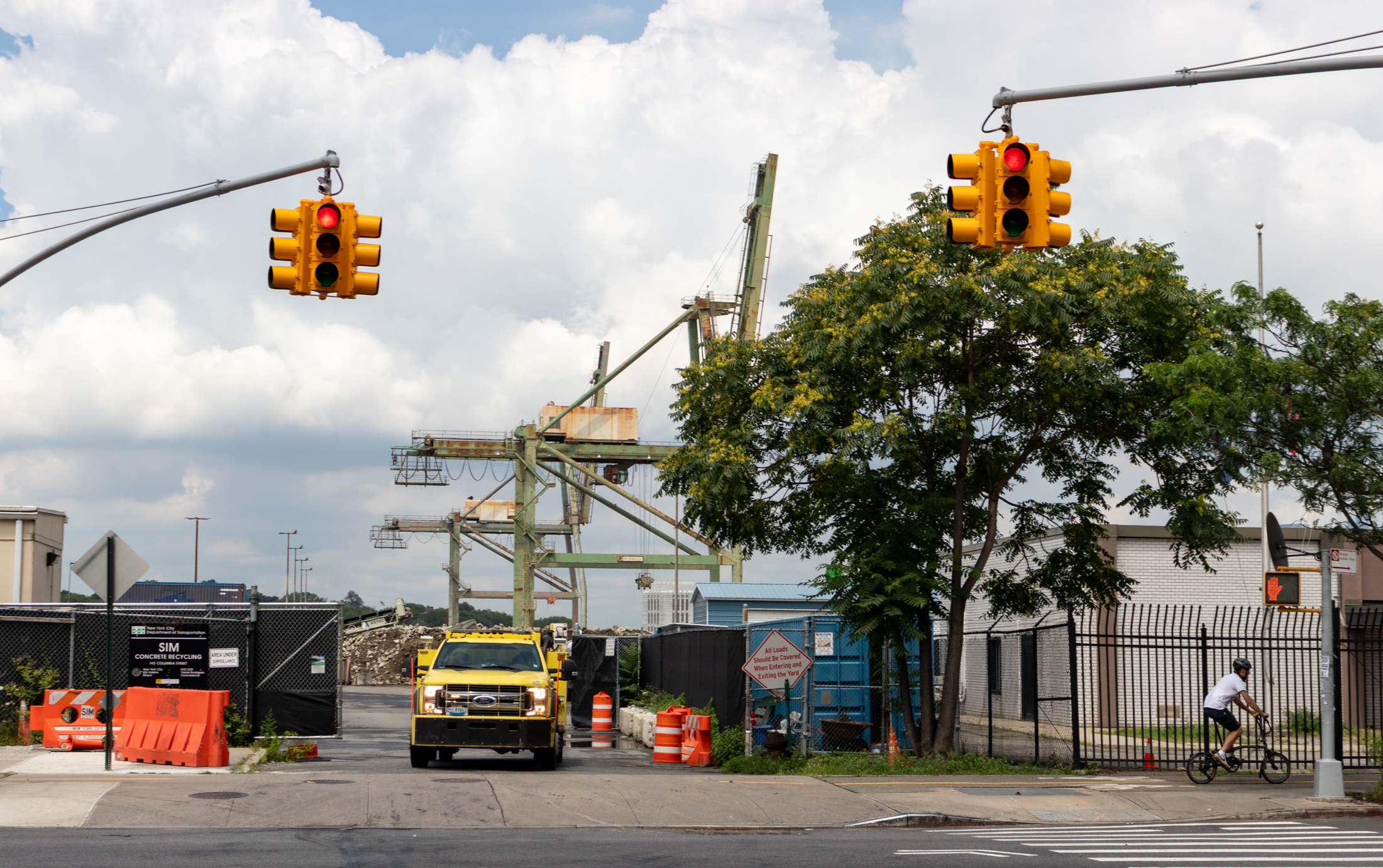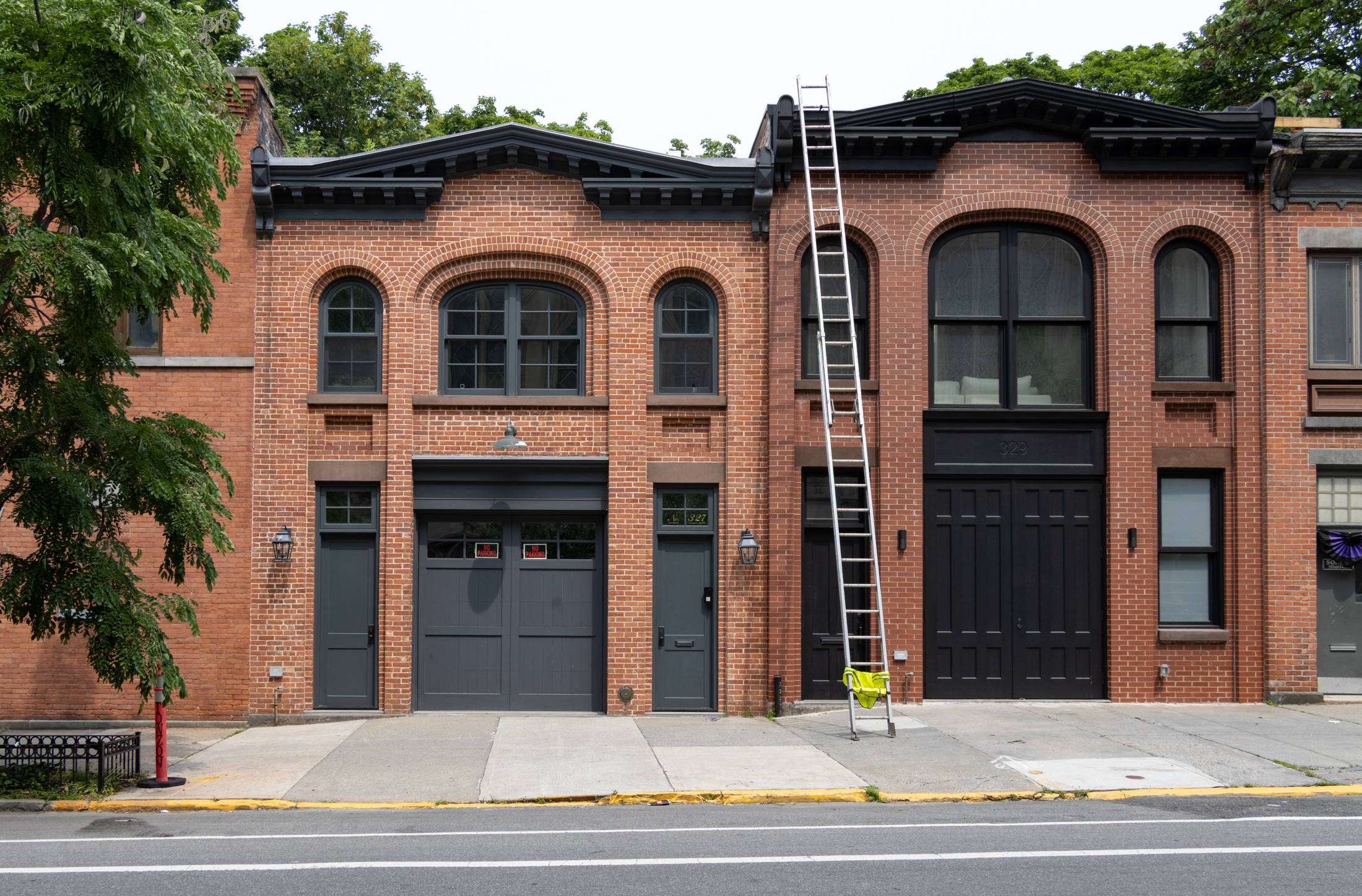The Dirt: The Great Lawn
There is something deeply satisfying about a lush, emerald green lawn. It’s soft underfoot, evokes childhood memories of running in forbidden park expanses, or rolling down hills hoping no bees will sting you. I can’t ignore the strength of the emotional appeal, when so much of my work is tied to how people feel about their…


There is something deeply satisfying about a lush, emerald green lawn. It’s soft underfoot, evokes childhood memories of running in forbidden park expanses, or rolling down hills hoping no bees will sting you.
I can’t ignore the strength of the emotional appeal, when so much of my work is tied to how people feel about their surroundings.
But! Having a lawn in the city requires an amount of commitment equal to parking your car in the street: a weekly mental calendar of choreographed moves, timed precisely; the fortitude to deal with the inevitable dents and fines; and the willingness to pay for and fix every mistake and bit of forgetfulness. And just like a car that sleeps in the street, you will have to accept a certain level of imperfection, or you can drive yourself crazy.
In the suburbs, much of the work can be outsourced to “mow and blow” crews, and because you share them with many neighbors on your block, the cost is very reasonable. Not so in most Brooklyn neighborhoods: If you have a crew, they are coming just for you, so the cost will be two or three times what it would be in the suburbs, and if you live in a row house, they have to come through your house. This means that in most cases, people prefer to do it themselves, a tall order where jobs, kids, friends and pets seem to take 120 percent of your available time.
For practical purposes, it’s best to assume that your lawn started dying the minute it was installed. It’s not adapted to our climate at all: It’s too hot in the summer, too cold in the winter; it doesn’t rain often enough, and when it does, the rainfall is too heavy. Lawns require a great amount of nitrogen, and tend to exhaust the soil very quickly. That means without regular feeding and fertilizing, it will starve. Any spot that’s too wet, too dry, too shady will in short order get patchy and then develop opportunistic, better-adapted weeds.
Still want a lawn? You’re in luck, because the next three to four weeks provide an excellent opportunity to start or reclaim a weed patch. The amount of preparation depends on current conditions. You may need extensive soil preparation if there are issues with water flow, drainage and pitch, but if at one point you had a thriving lawn, these are the steps to recovery:
1. Weed thoroughly; this your opportunity to dig out dandelions and other weeds with long tap roots, remove the crabgrass, pigweed, lamb’s quarter and ragweed.
2. Rake until you can see a bit of soil.
3. Add topsoil formulated for lawns, which already has the ideal composition to support germination and growth.
4. Seed everywhere, but go heavier where you have bare patches. I like to buy a sun and shade mix, and some shade mix, and over-seed the shady areas.
5. Spread some mulch, but not so much you bury the seeds — just a thin application to help keep the soil moist in between waterings.
6. Water: just two or three minutes at a time. It’s better to water three times a day for two or three minutes than 10 minutes straight once a day. If it rains, you can skip the watering that day. The seeds need constant moisture for 10 to 12 days to germinate, but can’t handle being drowned in puddles.
After 10 days, you should start to see a pretty green fuzz. If some spots are a bit bare, repeat steps three to six. In about six weeks, you should have a lovely green lawn.
To keep it that way, you should feed it regularly, every six to eight weeks, mow it every week or so between May and October, water it every day in the summer, and reseed twice a year, in May and September. The best time is when nights are in the 60s, and the days in the low 70s.
When you are thoroughly tired of this Sisyphean work, call me! I can give you easy-maintenance ideas to replace your lawn.
The Dirt is a monthly column that explores gardening in Brooklyn by Brownstoner commenter and Brooklyn garden designer Marie-Helene Attwood of Edible Petals. Each month, she will answer any questions about Brooklyn gardening over the following weekend.






I find the article slightly misinforming. 3 years ago I took my back yard down to the old dirt and cinders, poisoning with Roundup what was left of weeds and small trees, poison ivy, etc that had grown wild over the years of disuse of the yard prior to doing so. After cleaning up the yard area, renoving cinders, the dead weeds, etc, I hoed and raked it deeply and then sowed a Northeastern Mix of seeds from Lowes – Perennial Ryegrass, Kentucky Bluegrass, and Chewings and Red Fescues. I watered it every day until it sprouted and then every 2-3 days until it was growing nicely (3-5 weeks). After that, it has become like a thick carpet under your feet, weed free, and needs no care other than mowing with my small reel-type mower once every 2 weeks or so. It never needs additional watering even in the dry times, and stays green all winter long even under the snows. I’ve only fertilized once and that was the 2nd year after the lawn had established. So saying if you don’t water your lawn in NY or feed constantly is misleading – if daily watering and frequent fertilizing were required for grass to live in the wild, this region would be a desert, no? You just have to pick the right kind of grass for the area.
Umm no, Im 49 years old born and raised in Arkansas, lived there 38 of my 49 years, and used to 1 acre + lawns with big houses where you use a riding mower, blower, edger, and various and sundry fertilizing, mulching, aerating, and mulching devices. I’m happy to have left those behind, however my 18 x 30 back yard couldn’t look nicer, feel more plush, and be weed and maintenance free – and was seriously only created one time and then never overly-maintained again. Maintaining a properly prepared lawn made of the right grasses for the locale isn’t rocket science. Sounds like you are the one here with some sort of propaganda or snake-oil to sell. Again, pick any vacant, unmaintained (unwatered, unseeded, unfed) lot in the city – does it look like Arizona to you?